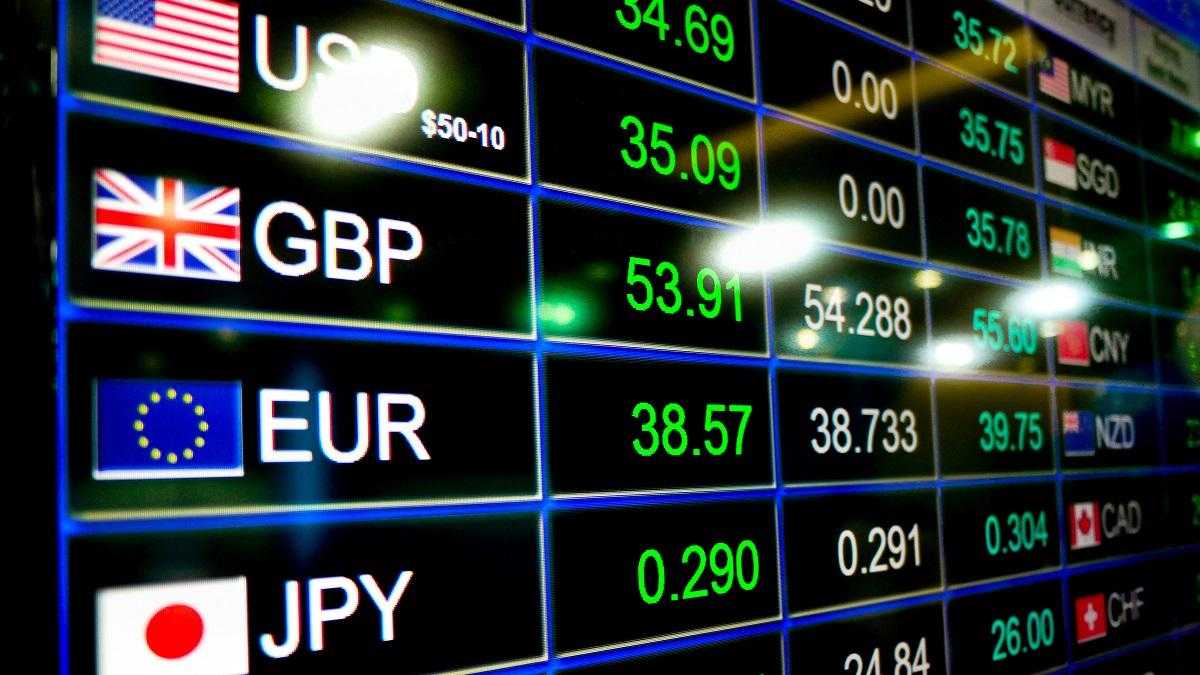After the UK government lost a key Brexit Finance bill last week, the likelihood of a ‘no deal’ continues to decrease. It appears that, with her Commons vote on Tuesday (7 p.m.) and her comments over the weekend, Teresa May will be appealing to the ‘leavers’ in her party to either vote for a deal they’re not entirely happy with, or face the possibility of no Brexit at all; thus the scenario they’ve been dead against.

With whispers of coups, Speakers undermining democracy and rumours of secret gatherings of MPs plotting the wording on the ballot for a 2nd Referendum, Corbyn planning for a snap Election and Cabinet Members still not ruling out ‘no deal’, traders – like the rest of us, just with more money – still remain in a confused state of ‘wait and see’; GBP/EUR sitting a 50 basis points above its 100-day moving average.
If May loses by more than 100 votes then the currency kryptonite of uncertainty would likely see a knee-jerk sterling sell-off. This would likely be consolidated by an EU moving ever-further from the consideration of concessions to help the PM get her deal ‘over the line’, in favour of watching May’s demise and a new Government form to either accept a deal as-is or reverse Article 50 altogether. I believe it very unlikely for a major sterling sell-off to be sustained for several weeks, as there remains not enough clarity either way.
However, if things really do escalate on the back of a heavy defeat, and May’s position becomes untenable, 1.09 is not out of the question.
A modest defeat fo.r May and the potential for her getting the votes the second time around would be sterling positive
GBP/EUR
Table of Contents
1 week: a drop to 1.1020 on Tuesday, settling around the 1.1150s by the end of the week.
6 month: 1.15
12 month: 1.1850
GBP/USD
1 week: I see a return to 1.2550s after Tuesday’s vote, Settling 1.2780 by the end of the week.
6 months: 1.29
12 month: 1.33
In the Eurozone, low inflation for now, Italy’s drawn-out budget rule-breaking and liquidly problems for the banking sector, coupled with disappointing economic data, leads me to think it more likely to be flows elsewhere rather than ECB decisions that would see short-term strength for the single currency. The closer we get to a Brexit resolution the better also for the euro.
The second half of the year increase in inflation, setting up the ECB for their first raising of the base rate above 0% since 2016, does mean Q3 and Q4 bulls. Societe General and a host of other forecasters see EUR/USD between 1.22 and 1.25 by the end of the year. On the other hand, Barclays predict EUR/USD 1.12 by the end of 2019, thus in a much tighter range. Who’d be a forecaster aye?
EUR/USD
6 month: 1.17
12 month: 1.21
Stateside we’ve entered another week of the Government shutdown and opinion polls suggesting Trump’s attempts to get the public blaming it on The Democrats are failing.
But enough of that; we all know money markets care more about stock prices and interest rates over border walls and withheld payslips.
The dollar gained vs the euro last, driven by technical resistance levels being broken, despite the cautious signals from the FED regarding 2019 rate hikes.
With Brexit this week, USD still looks a better short-term bet that EUR and GBP, so a modest profit position vs. both those currencies should see intraday gains.
Longer-term expected slowing US economic growth and a preference for traders to buy Stock rather than the Greenback remains dollar negative. Even if global tensions flair or growth suffers, there are better safe haven bets out there (JPY and CHF most obviously).
The general consensus of major banks is that the USD will weaken against its major pairs in the second half of the year.
Against the yen, I expect the tides of political chaos brought about by Trump’s White House and the escalation in the scope of the Mueller investigation to further destabilise the Government result in ‘risk-off’ gains for the JPY.
USD/JPY
6 months: 110
12 months: 107.50
The Canadian dollar had a better week, as hopes grew of a breakthrough in talks between Beijing and Washington on curbing of their current trade war. The Commodity-driven export economies of Australia, New Zealand and South Africa are equally keen for a resolution to be found ASAP.
USD/CAD
6 months: 1.26
12 months: 1.30
My own longer-term view for the UK is that we’ll see either an extension of the Transition Period with a new Government formed and/or momentum building for a People’s Vote. In either scenario, I doubt there will be a clear enough picture for an aggressive sterling buy-back in Q1. Uncertainty globally will favour safe havens, but no more rate hikes from the US FED mean plenty of borrowing for investment and a 2nd half of the year ‘normalising’ in the USD vs GBP, CAD and EUR.
If we leave the EU without a deal, currency forecasts become redundant and scenes similar to Mad Max will prevail.